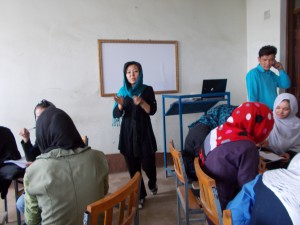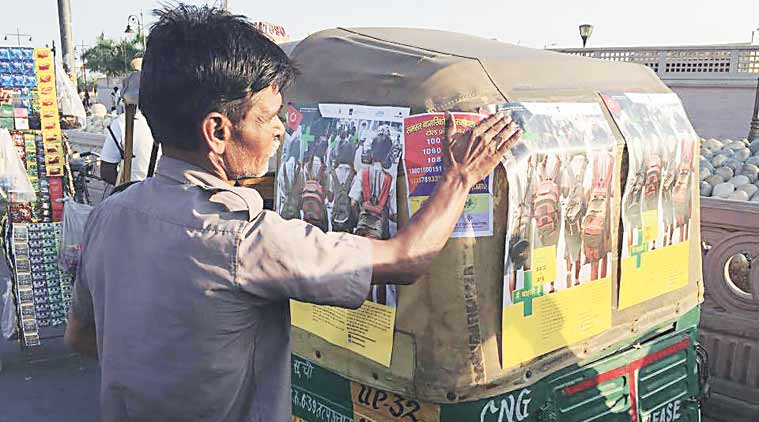APPLICATIONS NOW AVAILABLE FOR OUR 2015 SAFE PUBLIC SPACES MENTORING PROGRAM! DUE JULY 15, 2015
What is it? Our mentoring program empowers people to consider what efforts might decrease street harassment in their community, and then propose and carry out a project. Across four months, selected activists receive advice, network connections, input, and up to $350 for expenses from SSH.
In 2013 and 2014, we worked with a total of nine teams in eight countries (Afghanistan, Cameroon, India, Kenya, Nepal, Nicaragua, Serbia and USA).

As three examples:
* In Afghanistan, college students held workshops on street harassment for hundreds of high school students. For all of the students, it was their first time having the space to talk about the issue, share their feelings, and brainstorm change.
* In Serbia, activists surveyed more than 600 college-age youth. Publishing their findings had two immediate impacts. 1) The college psychologists decided to take action around the issue. 2) Members of the Board Commission for Gender Equality of the City of Nis decided to conduct another survey.
* In the USA, the BikeWalkKC group in Kansas City, Missouri, worked with a number of groups to see the passage of an anti-harassment ordinance in their city.
The projects will begin on August 15 and run through December 15.
SPONSOR A TEAM!
Street harassment can cause people to feel unsafe in public spaces and also can make them feel powerless and unsure what they can do. Your sponsorship of $10+ can help give someone their power back and let them take action to address and work to end street harassment.
The amount of money we raise will determine how many teams we can fund this year. 100% of your money goes to the selected teams. Help make a difference today!



